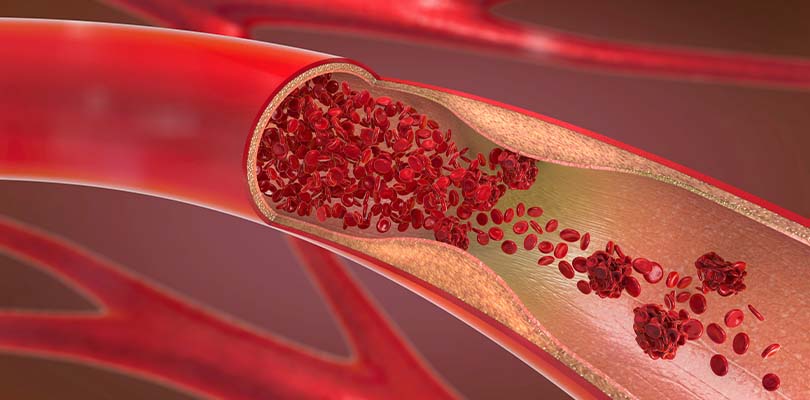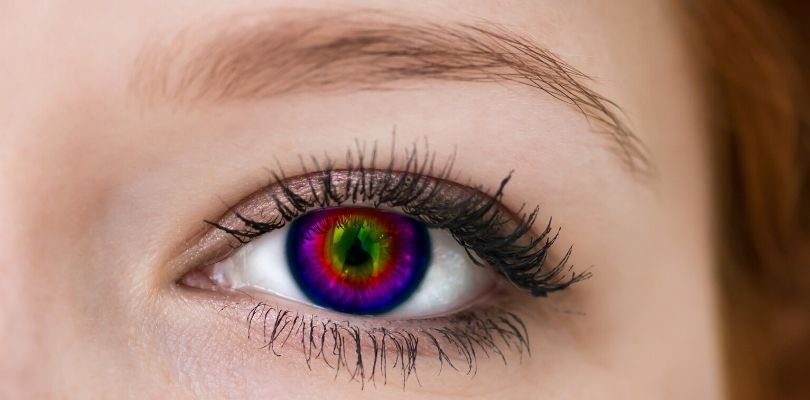What Is Tardive Dyskinesia?
Tardive dyskinesia is a movement disorder which can arise as a side effect of certain medications. The majority of these are antipsychotic medications, which are used to treat conditions such as psychosis, schizophrenia and bipolar disorder. However, other medications such as antidepressants and anti-sickness drugs can also sometimes cause tardive dyskinesia.
Tardive dyskinesia causes uncontrollable jerking or twisting movements of the face or body. It occurs when a drug binds to and blocks dopamine receptors in the brain. Dopamine is a neurotransmitter which has many different functions, including playing an important role in controlling motor function.
When dopamine is unable to bind to its receptors, this causes the muscles to move in an unusual or unnatural way, resulting in tardive dyskinesia. This is a symptom which can be very distressing for anyone affected by it. It can seriously impact self-confidence and cause feelings of embarrassment or anxiety, as well as making it more difficult to carry out normal daily activities.
What Causes Tardive Dyskinesia?
Tardive dyskinesia is a possible side effect of certain medications. There are many different medications which can cause tardive dyskinesia, but some of the most commonly prescribed examples include:
- Chlorpromazine (Largactil)
- Fluphenazine (Prolixin)
- Haloperidol (Haldol)
- Prochlorperazine (Stemetil)
- Trifluoperazine (Stelazine)
- Metoclopraminde (Reglan)
Tardive dyskinesia is a fairly uncommon side effect and it will not affect the majority of people who take these drugs. It is estimated that 15–30% of patients taking long-term antipsychotic drugs will develop tardive dyskinesia at some point during their treatment.
There is an increased risk of tardive dyskinesia if you are taking an older drug, as newer medications are designed to reduce the likelihood of side effects. The risk also increases if you are taking the drug for longer than three months, if you are on a high dosage, or if your medication is administered by depot injection.
Another risk factors for tardive dyskinesia is being older, with women over the age of 50 being at the greatest risk.
Stopping and starting antipsychotic medication can also increase the chances of developing tardive dyskinesia, so it is important to take any prescribed medication exactly as directed, and talk to your physician before deciding to stop.
Tardive dyskinesia may disappear once you stop taking the drug which is causing it, but this can take a long time. Sometimes the symptoms may continue even after the medication is stopped. There is a much better chance of fully recovering from tardive dyskinesia if it is recognized and treated early.
Symptoms of Tardive Dyskinesia
Tardive dyskinesia most often affects the face, lips, mouth and jaw. Therefore the most common symptoms of tardive dyskinesia include:
- Lip smacking
- Frowning
- Sticking out the tongue
- Uncontrollable chewing
- Blinking more than normal
There are a lot of myths surrounding dieting and weight loss. It can be difficult to keep track of the facts, so it's time to dispel these diet myths.
In some cases, tardive dyskinesia can also affect the body, hands and feet. These symptoms include:
- Uncontrollably tapping the hands or feet
- Twisting or squirming the hips or upper body
- Muscle spasms
- Changes in posture
More unusual, but potentially serious symptoms of tardive dyskinesia can also include:
- Drooping mouth or eyelids
- Difficulty swallowing
- Difficulty breathing
- Impaired speech
Many people with tardive dyskinesia are not aware of their symptoms all of the time. Symptoms tend to get worse with stress or agitation, and improve with relaxation and during sleep. People with tardive dyskinesia also often suffer from anxiety or depression as a result of their condition and its impact on their lives.
Treatment of Tardive Dyskinesia
There is currently no known cure for tardive dyskinesia, and the first course of action is to reduce the medication which is causing the side effects. This needs to be done gradually in order to reduce the risk of the original problem recurring, and it can take several months to fully come off a particular drug.
Your doctor may want to replace your old medication with a newer drug which has a lower risk of side effects, and you will need to work together closely to make the process of switching as smooth as possible.
Valbenazine (Ingrezza) and deutetrabenazine (Austedo) are two new drugs developed specifically to treat tardive dyskinesia which have now been approved for use in the USA. These drugs can help to reduce involuntary movements, although they may cause side effects of their own and should be used under close supervision from your doctor.
Other treatments which are sometimes used to reduce symptoms include benzodiazepine drugs. However, these are not specifically designed to treat tardive dyskinesia and can cause their own problems such as drowsiness and dependence.
Some people also find supplements helpful. Some examples of these are: ginkgo biloba, branched chain amino acids, and antioxidants such as vitamin E. Although there is limited evidence for the efficacy of these supplements in the treatment of tardive dyskinesia, they are less likely to cause adverse effects compared with the other options.
Treating tardive dyskinesia early gives patients the best possible chance of making a full recovery. So if you or somebody you know is taking any of the medications which cause tardive dyskinesia, familiarize yourself with the symptoms and contact a physician immediately if any of them occur.







